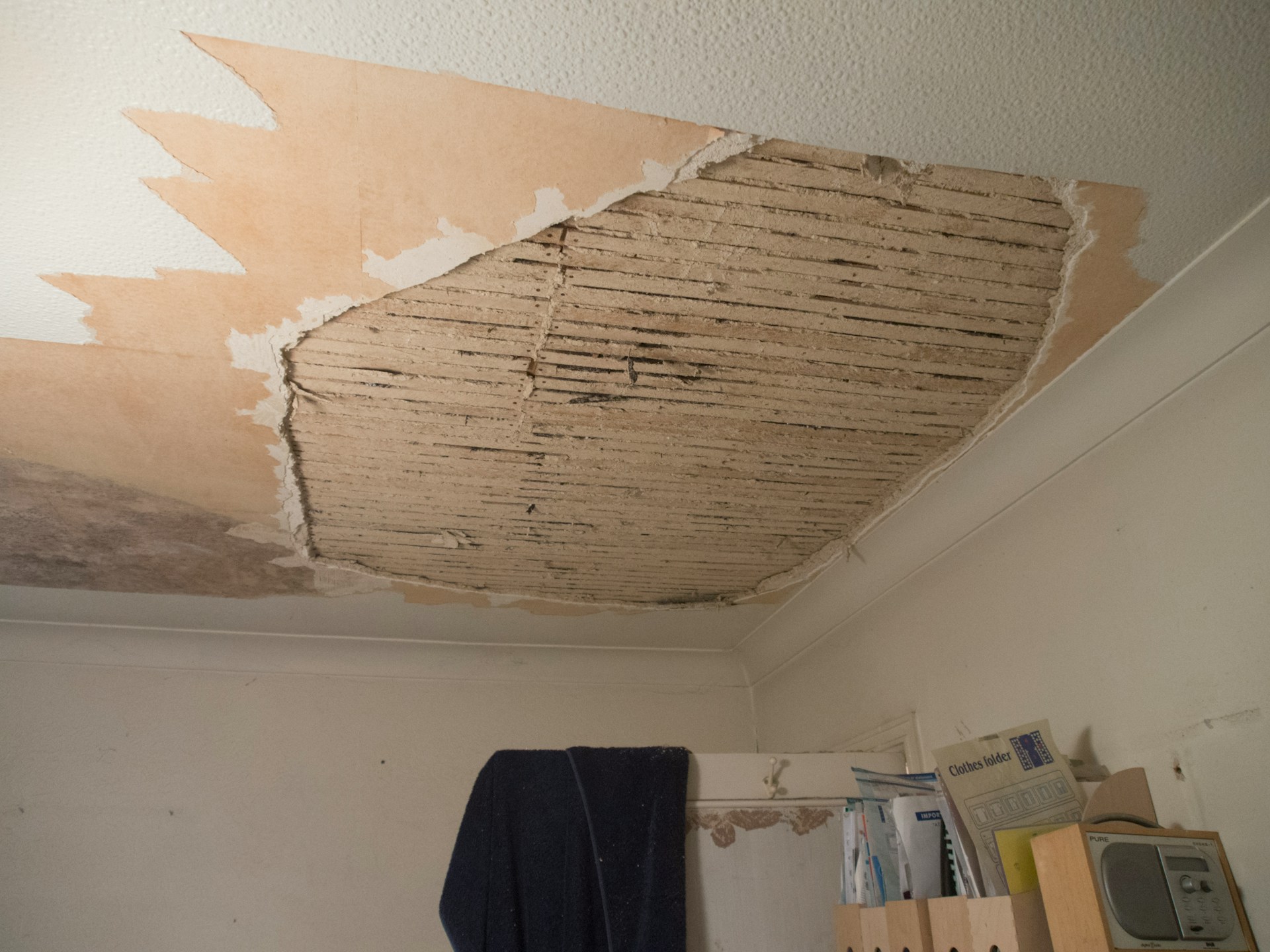Successful business operations heavily depend on planning for unforeseen events. A strong recovery plan prepares organizations to address potential crises effectively. It maintains operations and minimizes losses for better reliability in day-to-day operations.
With the increasing volatility of global events, businesses of all sizes must prioritize continuity strategies. Crafting a well-thought-out recovery plan safeguards resources and customer confidence during challenging times. Here, we will outline the components of effective recovery planning necessary for business continuity following considerable damage.

Creating a Strong Recovery Plan for Business Continuity After a Serious Damage
Know the Risks
A comprehensive recovery plan begins with a thorough understanding of potential risks. Assessing these risks involves identifying vulnerabilities unique to the business and the environment in which it operates. Common threats can include fires, floods, criminal activity, and technological malfunctions.
Businesses must evaluate the likelihood and potential impact of each event. Companies in flood-prone areas need to focus on strategies that mitigate water damage. Conducting a risk assessment provides a solid foundation for developing a responsive recovery plan so that all potential scenarios are accounted for. Organizations should revisit this assessment as new risks may emerge.
Choose the Right Commercial Damage Restoration Company
When faced with the aftermath of a disaster, select the right commercial damage restoration company. Conduct thorough research to identify companies that specialize in disaster recovery that meet your needs. Consider their reputation, experience, and customer reviews as part of your selection criteria. A reputable company will have proven methods for dealing with various types of damage, whether due to fire, water, or mold.
Ask potential contractors about their certifications and adherence to industry standards, as this demonstrates their commitment to quality service. Engage with companies that provide support during the restoration process, including assessment, cleanup, and mitigation strategies. A competent restoration company helps recover physical assets and contributes to maintaining your reputation in the market.
Establish a Business Impact Analysis
The Business Impact Analysis (BIA) identifies the effects of an interruption on business operations and helps prioritize recovery efforts based on the criticality of different functions. By evaluating processes, determining Recovery Time Objectives (RTO), and measuring the potential economic losses, organizations can strategically allocate resources to resume operations.
Properly executed, a BIA influences the recovery strategy and a business’s long-term resilience. Regular updates to the BIA are necessary as business functions evolve and market dynamics shift.
Developing the Recovery Strategy
Businesses must formulate a robust recovery strategy. The strategy should include procedures for immediate response, temporary relocations, communication plans, and resource management. Detailed recovery protocols must be established for critical systems for minimal downtime.
The role of a commercial damage restoration company can execute these protocols and offer expertise and resources necessary for quick recovery. Integrate technology solutions like data backups and cloud storage into this strategy.
Creating a Communication Plan
A well-crafted communication plan guarantees that stakeholders are consistently informed throughout the recovery process. The plan should include clear channels of communication tailored for different audiences: employees, customers, and suppliers. Establishing a chain of command streamlines messages so that critical information reaches the right people.
Social media and website updates can be effective tools for real-time communication. Transparency maintains trust and confidence with all parties involved. Regularly reviewing and updating the communication plan can improve its effectiveness in actual crises.
Training and Drills
Implementation of a recovery plan requires consistent training and practice. Regular drills simulate emergency scenarios, offering employees the opportunity to become familiar with their roles during a crisis. All team members should know how to respond. Training should encompass all employees, reinforcing their understanding of individual responsibilities.
Feedback from these drills refines the plan and improves its effectiveness. The goal is to cultivate a sense of readiness and resilience among staff, empowering them to handle unexpected events confidently. Scheduled refresher training sessions can keep skills sharp.
Documenting the Recovery Plan
A thorough recovery plan must be documented clearly and be accessible. Documentation should detail every aspect of the recovery process, from procedures to contact lists. Maintaining updated records so that any team member can implement the recovery strategy successfully, no matter their role.
The documentation should include contact information for key stakeholders, support resources, and recovery timelines. Secure these documents within a centralized location accessible to anyone involved in the recovery process. Employing digital tools for documentation, including secure cloud storage, improves collaboration and provides remote access when necessary.
Testing and Revising the Plan
Testing the recovery plan assesses its effectiveness. Regular testing offers insights into areas of improvement, enabling businesses to refine their strategies based on real-time experience. Organizations can gauge their readiness and the efficiency of protocols. Based on feedback and outcomes of these tests, revisions should be made continuously.
All stakeholders during testing gather diverse perspectives and ensure that the recovery strategy meets the needs of everyone involved. Remain flexible and responsive to changing circumstances and allow the plan to improve continuously for effective disaster response and business continuity.

Creating a Strong Recovery Plan for Business Continuity After a Serious Damage
Building a strong recovery plan is a must for business continuity following significant damage. Regular training, thorough documentation, and continuous testing are all components that guarantee the effectiveness of recovery protocols. The commitment to these principles positions businesses to recover better and stronger from any crisis they may encounter.

fashionabc is a fashion technology platform, comprising a digital directory and various other digital tools and supply chain solutions for the fashion industry ecosystem, that focus on ethical fashion and sustainability. We are building inclusive digital transformation tools for fashion professionals who are willing to take steps towards a more sustainable ethical fashion industry, by adopting AI and DLT blockchain technology.
* building digital profile and IP solutions for fashion businesses
* tackle issues such as provenance and counterfeit in supply chain
* contribute to the construction of a meritocratic ethical fashion industry which is certified and part of the circular economy











